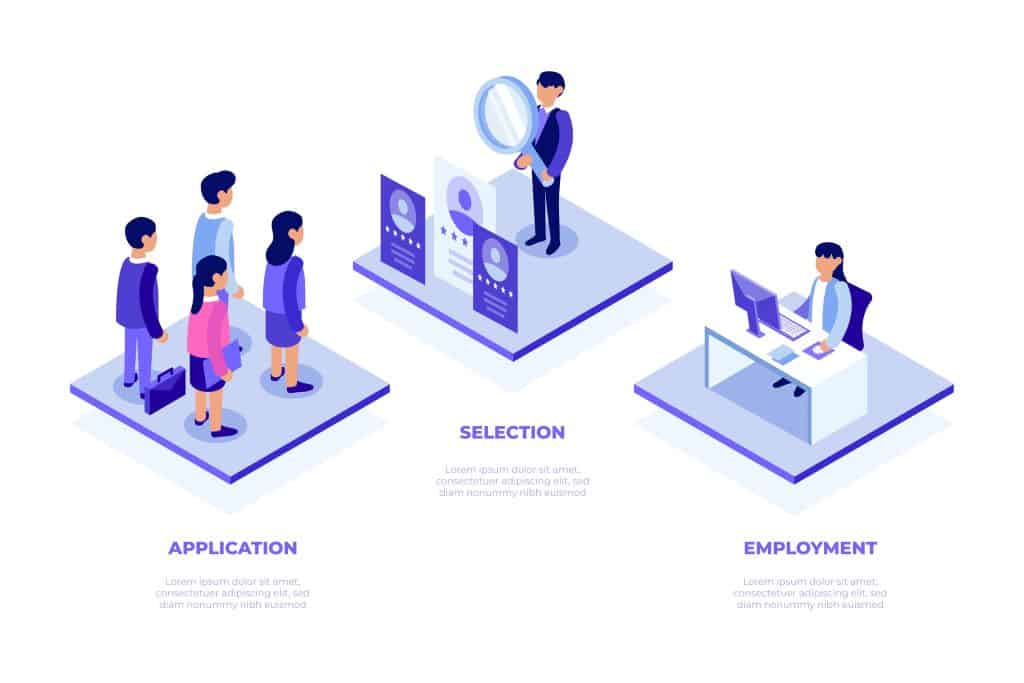With modernization and technological breakthroughs, all the organizations and enterprises rely on technology for the smooth functioning and better working of their business. The companies belonging to the IT sector have dedicated members who work on the technical aspects of the projects, nevertheless, the organizations belonging to other sectors also need some IT personnel to manage their technology works. As a result, they look for some external source to monitor and manage their IT infrastructure at a low cost. Here the term “managed IT services” comes into the picture. The services imply that the organizations with no IT professionals seek the help of some service providers to maintain and update their IT departments. This helps them to focus on running their business instead of troubleshooting tech problems.
This blog will help you get a basic understanding of managed IT Services and understand its pro and cons.
What are Managed IT Services?
Managed IT services are an outsourcing option for companies looking for some options to manage their IT requirements. It is an IT task provided by a third-party contractor and customized according to any business requirement within IT. The third-party contractor or service provider is known as Managed Service Provider or MSP. These outsourced services can range just from holding IT equipment for a firm to outsourcing a dedicated IT team. The basic goal of the MSP is to provide an external IT team for a firm with little or no internal IT capabilities to support an expert IT team by taking care of all day-to-day tasks. The service providers remotely monitor their IT infrastructure, troubleshoot any issues, and deploy solutions for any computing issues without being in-house. The managed IT services comprise any services like running applications, databases, data recovery, data back-up, network management, storage, and security monitoring. These services are tailored according to the client’s needs and are briefly described in the service level agreement (SLA) which is a contract that describes the services provided by the service provider. It also includes the duration for which the services would be offered to the client. Most MSPs offer all-inclusive packages that include unlimited IT resources and day-to-day network administration while on the job. This model allows the clients to have complete oversight of the organization.
Why does a business need Managed IT services?
As we know, with technological advances, every organization is somehow dependent on Information Technology to manage the smooth running of its automated systems and digital databases. IT has become an inevitable part of every organization. This means that any organization whether related to IT or any other field needs IT infrastructure to ensure the proper functioning and handling of the business. The organizations already dealing in IT have a well-established IT department and expert IT engineers but the organization with the core business focusing on different fields many a time lacks a proper IT infrastructure and sometimes struggles with technical difficulties. In this scenario, adopting managed IT services provides them the security and adequate support in preventing any system failure and facing potential issues before they get critical. The managed IT service providers neglect the risk that could affect the productivity and revenue of the organization by providing constant monitoring of their networks and handling maintenance tasks. This way the organizations can focus on building and expanding business rather than troubleshooting technical issues.
Pros and Cons of the Managed IT Services
Managed IT services differ from one organization to another and from one provider to another. It is an exact combination of what an organization wants and what a provider can offer. Yet, all the managed services hold certain positives and negatives that an organization must consider before choosing the right one for them.
Pros:
- Economic and Cost-Effective
Managed IT services are flexible business plans and let you save up to 70% of your expenses on payrolls alone. Additionally, not having employees in the office allows you to save on facilities, building space, hardware, and more. - Proactive Management- Improved Uptimes and Quality of Service
The managed service provider becomes in charge of managing the IT infrastructure for the firm. It is now his obligation to monitor and recognize any bugs or problems before they affect the systems and halt the operational activities. However, with proactive management, the chances of any expensive or reputation-damaging downtime are reduced, and the client receives guaranteed and constant uptimes and quality service through a legally binding service level agreement. - Dedicated and Specialized Personnel
The service provider usually dedicates a team of experienced engineers who are focused and skilled in certain IT sectors and who regularly practice and research the newest industry trends with managed IT services. This assures that IT infrastructure is better equipped and managed using the best practices in the industry and that issues are quickly resolved. However, in the case of an in-house team with only one or two personnel, the skill and specialty range get confined and the issues can get more complicated and can create more problems. - More Staff Available for Strategic Parts
Adopting managed services allows the internal staff to focus their energy on other tasks, especially for organizations that deal with completely different backgrounds and had to involve a part of their team to handle IT infrastructure. The MSP dedicates a team to focus on the IT operations and this gives the organization more power to increase the number of employees working on the other specialized tasks and projects under budget. - Reduced HR Challenges
Managed IT services reduce the HR hurdles like recruitment or employee retention. As it is an outsourcing model for your IT infrastructure it shifts the responsibilities to the other party and allows you to concentrate on more crucial subjects in the organization.
Cons:
- Less Availability on-site
MSPs mostly work remotely, so there is less on-site availability of the IT team, so there may be a delay in fixing some critical on-site issues. Moreover, if the service providers have no regional office then they can not provide on-site support which can result in some operational disruptions. Therefore, to reduce such issues, make sure that the MSP you are selecting provides on-site support and instant help. - Third-Party Involvement
MSP is a third party that handles your business and thus has access to your business privacy and security. The first step of accepting the managed services involves sharing sensitive and personal data and information about the business to get the best services. - Strategic Relationship
Managed Service provider becomes an integral part of your team for quite a long term. They are responsible for every backend IT task for your organization. Thus, choosing the right service provider becomes an important aspect of this journey of maintaining productivity. You can’t frequently change the service provider. The short-term relationships can cost you disruptions in operations and halt your productivity. - Less Knowledge Retention
Since MSP is an outsourcing model, it increases your dependency on an external party and decreases the ability to develop and manage business operations by itself. So, it becomes an utmost necessity for any organization to be in constant touch with the service provider and understand the process once in a while. This way it becomes easy to handle any adverse situation in the future.
To sum up everything:
On the whole, managed services are great assets for any modern organization that aims to benefit from different opportunities in multiple ways. It can lead to significant cost reduction and help you manage your IT services more efficiently. There are several ways in which you can utilize managed services to boost your productivity and focus on your core business without worrying about any technical glitches. However, it is important for any organization to consider all the pros and cons before selecting any service provider.
There are organizations like Bridgentech that can help you increase your performance while reducing your expenses.
Frequently Asked Questions
What are managed IT services?
Managed IT services are a way of outsourcing IT tasks for any organization to a vendor or service provider on contract or subscription services. These organizations are responsible for handling the IT operations and maintaining the IT tasks for the other organizations.
Which organizations provide managed IT services in India?
Organizations like Bridgentech offer managed IT services at minimal costs and tailored according to your needs. Email at info@bridgentech.com or Call +91 8179096909 for inquiries.
Which managed services are most commonly used?
The most common managed services that organizations prefer to outsource include:
- Monitoring and managing the IT operations remotely.
- Testing and Securing the IT infrastructure.
- Configuration and management of cloud services.
- Communicational support.








